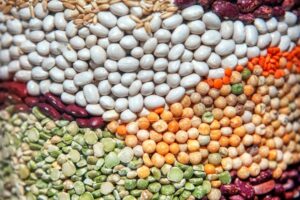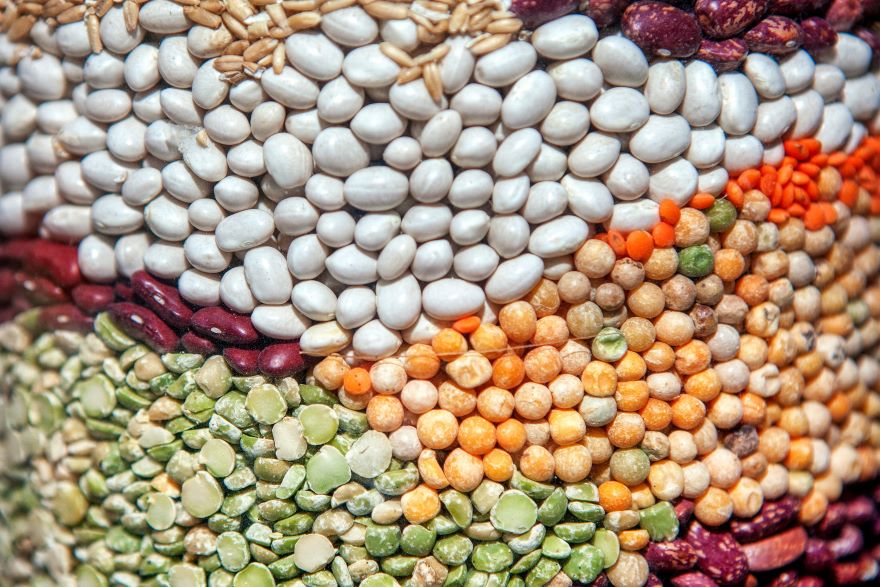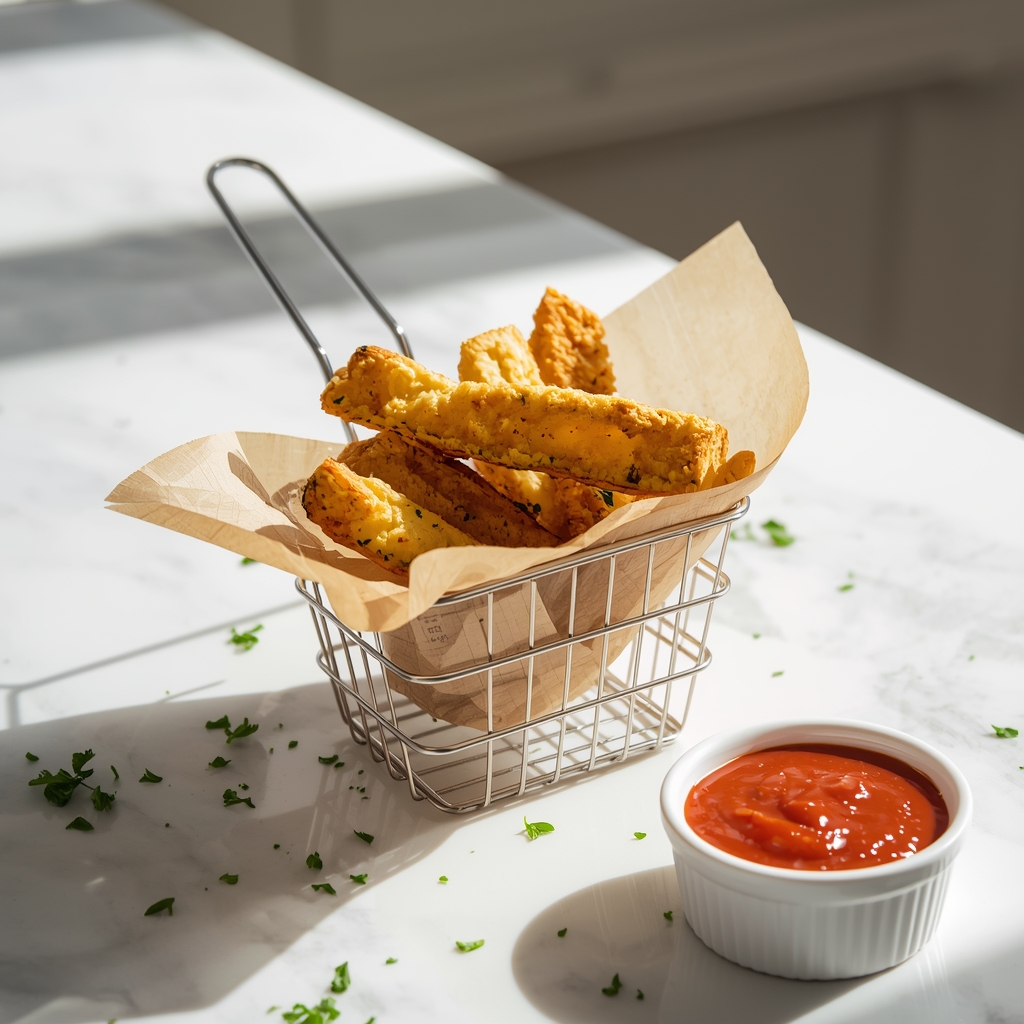Colombian lentils, also known as “lentejas,” are a hearty and delicious staple in Colombian cuisine. Various spices and vegetables flavor these lentils, providing a unique twist to traditional dishes. Colombian lentils are versatile, and you can enjoy them in soups, stews, and side dishes.
The main ingredients of a traditional Colombian lentil dish typically include dried lentils, onion, garlic, tomatoes, carrots, and spices (source). Some versions may also incorporate meat or chorizo (source). The process of preparing Colombian lentils is relatively simple, but it does require patience, as the lentils need time to cook and become tender. You can enjoy the nutritious and satisfying Colombian lentil meal alone or paired with rice or other ingredients.
Key Takeaways
- Colombian lentils are a versatile and flavorful staple in Colombian cuisine.
- They can be enjoyed in various forms, like soups, stews, or side dishes.
- The lentils are prepared with a variety of ingredients, such as onions, tomatoes, and spices.
Overview of Colombian Lentils
As a big fan of legumes, I am excited to share my knowledge on Colombian lentils. These lentils are not only delicious, but also nutritious and versatile. As a staple in Colombian cuisine, they play an essential part in making various dishes that burst with flavor and provide the necessary nutrients to maintain a healthy lifestyle.
Colombian lentils, just like other legumes, are an excellent source of plant-based protein, fiber, vitamins, and minerals. You can add them to various types of dishes, making Colombian lentils a great addition to anyone’s diet. Their high fiber content helps in digestion and promotes a healthy gut.
I have come across several traditional Colombian lentil recipes that enhance their natural flavors with a blend of herbs and spices. These dishes often include ingredients like carrots, potatoes, tomatoes, and spinach, which further elevate the nutritional value of the lentils. In addition, the use of green onions, cilantro, and spices such as cumin adds depth to the flavors and makes the dishes truly unique.
When it comes to preparing Colombian lentils, it is not a complicated process. First, it is important to rinse and sort the lentils to remove any debris or stones. You can combine them with water or vegetable broth and cook Colombian lentils until tender but not mushy. Some popular variations for cooking Colombian lentils involve the addition of chorizo, potatoes, or other vegetables, depending on personal preferences and the desired dish.
In conclusion, you can incorporate Colombian lentils into various dishes, as they are a nutritious and versatile legume.Whether you are new to Colombian cuisine or already an enthusiast, I hope my insights on Colombian lentils can help you explore more about this healthy ingredient and its diverse culinary applications.
Nutritional Benefits
As someone who frequently enjoys Colombian lentils, I appreciate their many nutritional benefits. To start with, lentils are high in protein content, which helps build and maintain muscles, bones, and skin. They are an excellent source of protein, with a single cup of cooked lentils providing 18 grams of protein1.
When it comes to calorie count, a cup of cooked lentils offers 230 calories, most of which come from carbohydrates2. Nevertheless, you don’t have to worry about unhealthy fats, as lentils contain only about 0.8 grams of fat per serving2.
Another notable feature of lentils is their low sodium content, with only 4 milligrams of sodium per cup2. This makes them an ideal addition to a heart-healthy diet that aims to limit sodium intake.
In terms of vitamins and minerals, lentils are packed with essential nutrients. They are a good source of vitamin C, which can help strengthen the immune system and promote healthy skin. Additionally, lentils boast a significant amount of calcium and iron, both valuable minerals for maintaining strong bones and ensuring proper oxygen transport in the body3.
Last but not least, lentils are rich in potassium, offering essential electrolytes to help regulate blood pressure and promote overall cardiovascular health.
Overall, Colombian lentils provide a range of nutritional benefits, and their inclusion in my diet is something I feel confident about. They are easy to cook, versatile, and nutritious, offering a wealth of nutrients that promote health and well-being.
Preparation Method
When I prepare Colombian Lentils, I often use two methods: Pressure Cooker and Stovetop. Both of these methods provide delicious and comforting results. I will give you a brief overview of each method and guide you through the steps.
Preparation using Pressure Cooker
My choice for a quick and easy Colombian Lentil stew is the pressure cooker method. Not only will it reduce the cook time, but it also infuses the flavors together better.
Stovetop Preparation
The stovetop method requires a bit more patience. Nevertheless, it delivers a rich and hearty meal. To cook Columbian lentils on the stove top, start by rinsing them under cold water and removing any debris. Then, place the lentils in a pot with enough water to cover them by about an inch. Bring the water to a boil over high heat, then reduce the heat to low and let the lentils simmer for 20-30 minutes, or until they are tender. While the lentils are cooking, you can add any desired seasonings, such as cumin, salt, and pepper, as well as vegetables like onions, carrots, and potatoes. Once the lentils are cooked and the vegetables are tender, you can serve them as a soup or stew, or use them as a filling for empanadas or other dishes.
Keep in mind that Colombian Lentils can be both a soup or a thicker stew. Adjust the liquid content according to your preference, and don’t hesitate to add your favorite herbs and spices.
Pressure cooker preparation
To pressure cook Columbian lentils, start by rinsing them under cold water and removing any debris. Then, place the lentils in a pressure cooker with enough water to cover them by about an inch. Add any desired seasonings, such as cumin, salt, and pepper, as well as vegetables like onions, carrots, and potatoes. Close the pressure cooker lid and set the pressure to high. Cook the lentils for about 15-20 minutes, or until they are tender. Once the lentils are cooked, release the pressure according to the manufacturer’s instructions and open the lid. You can serve the lentils as a soup or stew, or use them as a filling for empanadas or other dishes. Pressure cooking Columbian lentils is a quick and easy way to prepare a nutritious and delicious meal.
Serving Suggestions
When it comes to enjoying Colombian lentils as a main dish, I find that they are incredibly versatile and easy to incorporate into various meal plans. One of my favorite ways to serve them is with a side of coconut rice. The creamy and slightly sweet taste of the rice complements the rich, savory flavors of the lentil stew. To prepare the coconut rice, simply substitute part of the water with coconut milk when cooking the rice, and enjoy the delicious results!
In addition to coconut rice, I often pair my Colombian lentils with different types of vegetable-based side dishes. The beauty of Colombian food is that it holds a wealth of options when it comes to delicious and nutritious vegetables. A simple green salad, steamed or roasted veggies, or even a flavorful sautéed plantain can add an extra layer of flavor, texture, and nutrition to your meal.
Finally, when I am entertaining friends or family, I like to serve Colombian lentils as part of a buffet-style spread. This allows guests to customize their plates based on their preferences. In the spread, I’ll include multiple options, like the coconut rice, salad, and a variety of proteins and sides, so everyone at the table can enjoy the amazing flavors of Colombian cuisine.
Storage and Reheating
Storing cooked lentils properly is crucial to maintain their freshness and prevent spoilage. I usually place them in an airtight container, leaving a little space for expansion, and store them in the fridge for up to 4-5 days. For longer storage, I opt for freezing the lentils. To prevent freezer burn, I ensure they are sealed tightly in an airtight container or a freezer-safe ziplock bag. I then store them in the freezer for up to 3-4 months.
When I need to reheat lentils, I have a few preferred methods. One of them is using a microwave as it’s quick and easy. I place the lentils in a microwave-safe dish, sprinkle a small amount of water to prevent them from drying out, and then heat them for a couple of minutes, stirring occasionally to ensure even reheating.
Sometimes, I prefer reheating lentils in a saucepan over medium heat on the stovetop. I add a small amount of water or broth to the lentils, stir gently and cook until they’re heated through. This method helps me maintain the texture of the lentils and prevents them from becoming mushy.
Another option I use, especially when I want to crisp up the lentils, is reheating them in an oven. I preheat the oven to 350°F, place the lentils in an oven-safe dish, and pour a small amount of water or broth to avoid drying them out. I then cover the dish with foil, heat for about 10-15 minutes, and finally, remove the foil and broil for 2-3 minutes to achieve a crispy top layer.
Regardless of the reheating method I choose, it is essential to ensure the lentils are heated thoroughly for food safety and optimal taste. So, I always check their temperature with a food thermometer, aiming for 165°F before consumption.
Whichever method you choose to store and reheat your Colombian lentils, the key is to maintain their moisture, flavor, and texture for a delicious and satisfying meal.
Alternative Versions
In my exploration of Colombian lentils, I’ve come across several alternative versions that cater to different dietary preferences and still maintain the delicious flavors of this classic dish. It’s incredible how versatile lentils can be, and I’m excited to share these variations with you.
One popular version is a creamy Colombian lentil soup. Instead of the traditional stew-like consistency, this version blends the cooked lentils, creating a smooth and velvety texture. It’s perfect for those who enjoy a creamier soup, without sacrificing the rich flavors of the original recipe.
As for our vegetarian friends, there’s no need to worry! The traditional Colombian lentil stew is already vegetarian-friendly, as it uses vegetables such as potatoes, carrots, and tomatoes. However, there’s always room to customize the recipe by adding in other favorite veggies or using different types of lentils like French lentils. These nutrient-packed legumes allow for creative adaptations that cater to personal preferences.
Lastly, if you’re following a vegan diet, there are still numerous ways to enjoy Colombian lentils. For instance, this vegan Colombian lentil stew recipe swaps out any animal-derived ingredients and still delivers that comforting, satisfying dish we all crave.
As you can see, Colombian lentils can be adapted for a wide variety of dietary preferences. With a confident and knowledgeable approach, you’ll be able to create your ideal version of this delicious dish and enjoy its flavors to the fullest.
Frequently Asked Questions
- What is the traditional Colombian lentil recipe? A traditional Colombian lentil recipe usually consists of lentils cooked with ingredients such as tomato, onion, cumin, salt, and vegetable oil, along with other spices and vegetables. One popular recipe can be found here. It uses a simple combination of ingredients to create a flavorful dish.
How to prepare Colombian lentils with plantains? I suggest starting by preparing the lentils according to a standard recipe, then adding sliced plantains to the pot in the last 10-15 minutes of cooking. This way, the plantains will become tender without falling apart. Alternatively, you can fry the plantains separately and serve them on top of the cooked lentils. - What ingredients are commonly used in Colombian lentil dishes? Common ingredients in Colombian lentil dishes include tomatoes, onions, garlic, cumin, salt, and vegetable oil. Additional ingredients, such as carrots, green onions, paprika, bay leaves, and oregano, can be found in other recipes. Some dishes also incorporate Colombian chorizo sausage for extra flavor.
- Are there any popular variations of Colombian lentils? Yes, there are several variations of Colombian lentils that incorporate different ingredients and flavors. For example, some recipes include spinach, lemon juice, and cilantro, as in this recipe. Others use white wine or vegetables like potatoes, carrots, and peppers.
- How do Latin lentils differ from Colombian lentils? While both Latin and Colombian lentils share many similarities in terms of ingredients and flavors, they can differ in the spices and vegetables used. Colombian recipes tend to use cumin and other spices more frequently, while Latin lentils might use various chili peppers, paprika, or even a sofrito base featuring tomato, onion, and garlic.

*We may earn a commission for purchases made using our links. Please see our disclosure to learn more.



